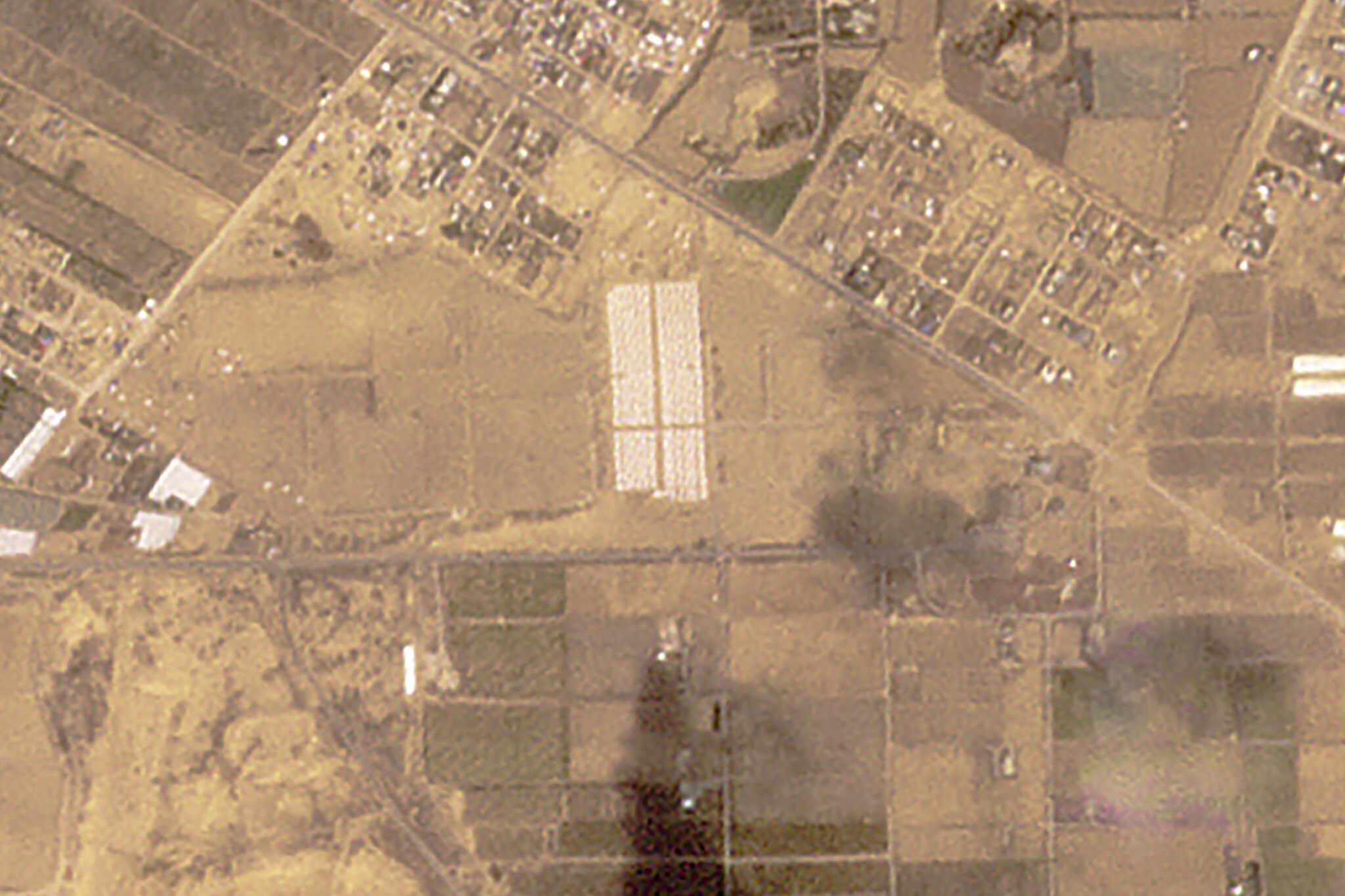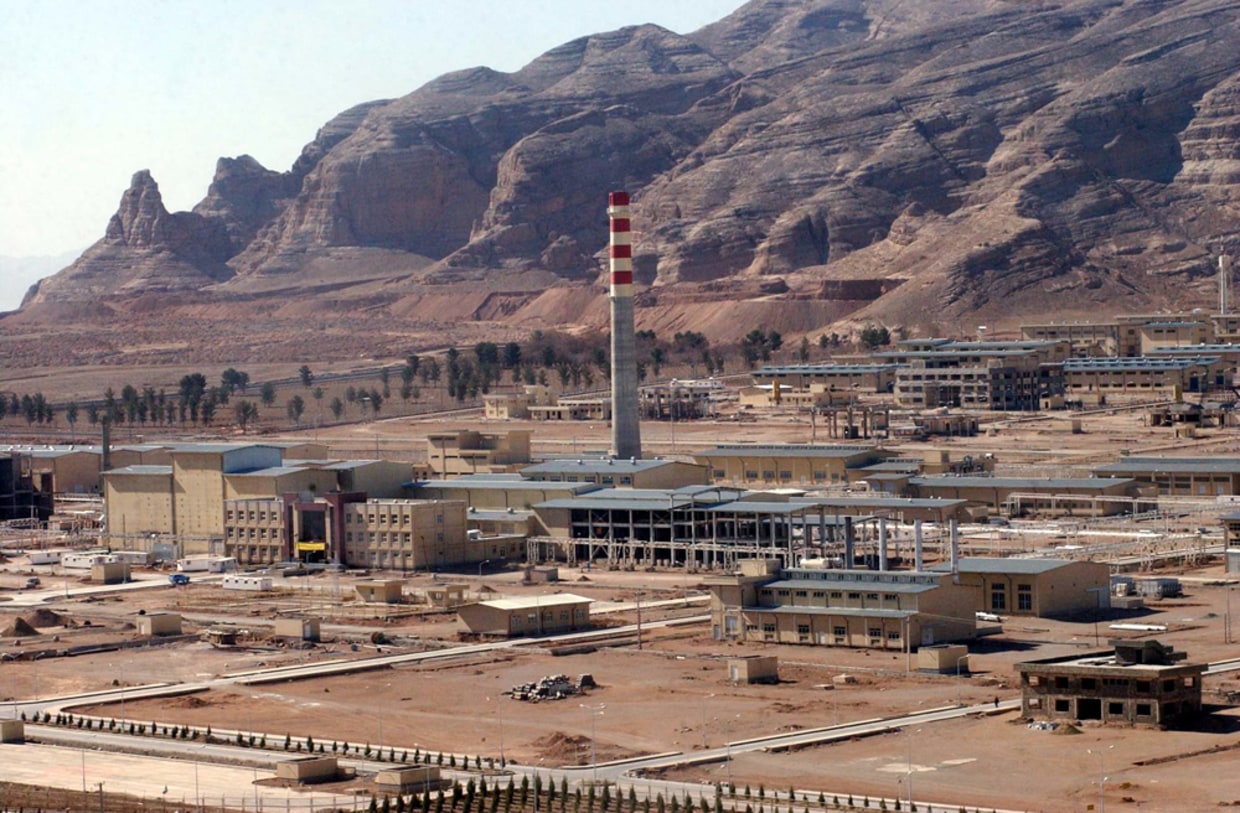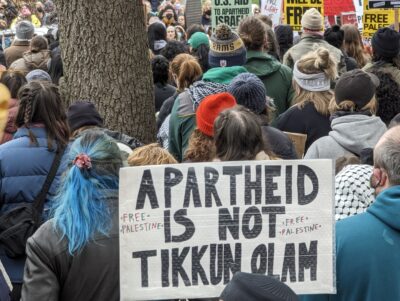This week’s award for worst journalism on the Israeli-Palestinian conflict goes to David Brooks for his howlingly bad Finally, Good News in Mideast. The views of commentators like Rush Limbaugh or Bill O’Reilly distress and offend me deeply due to their extreme doctrinal nature. But Brooks distresses & offends me because he attempts to come across as an eminently reasonable (and moderate) pundit, which he is not by any means.
In trying to figure out what editorial niche the Times thinks he’s filling, I’m guessing he’s supposed to be a young version of Bill Safire. The old geezer probably is going to retire at some point (isn’t he like 104 or something?) and they want a “reasonable” conservative on staff to take his place.
I guess when Brooks wrote his piece he must’ve been thinking that old Bill’s fallen down on the job when it comes to relentlessly promoting the fortunes of Ariel Sharon. That can be the only reason that Brooks strayed so far from his usual punditry to tackle the Mideast conflict. Oh, that and it appears that his meeting with that Likud spearchucker, Ehud Olmert, gave him cause to believe he had something newsworthy to say (he was wrong).
Here’s my first problem with Brooks’ piece–the title. Finally, some good news in the conflict? Oh really? In the past six days, 40 Palestinians have been murdered by the Israeli army (many of them civilians) in Gaza. In the few days prior to that 13 Israeli soldiers were killed in two bomb attacks there. And Brooks wants to talk about good news?? What good news? Take a look at the accompanying photo and tell me about good news!
And these statistics quoted from Brooks’ column really were howlers:
David Makovsky has just completed a monograph for the Washington Institute for Near East Policy in which he analyzes the fence as it is actually being constructed.
He’s found that the fence is generally following the route Bill Clinton had proposed as a possible border between Israel and a future Palestinian state.
Makovsky counted the populations of all the villages and settlements on each side of the fence. He found that “fewer than 13,000 Palestinians — that is, less than 1 percent of the West Bank total — will actually be stranded on the Israeli side of the barrier.”
In other words, the fence leaves 99 percent of the West Bank Palestinians on a contiguous 87.5 percent chunk of West Bank land. That is a reasonably fair provisional border…
A “reasonably fair…border?” Now that would depend on which side of the ox was being gored, wouldn’t it? I’d say the Palestinian side of this ox is being gored pretty good and I wouldn’t think they’d feel that it was reasonable or fair. But that doesn’t matter to Brooks because he doesn’t give a crap about the Palestinians or their views. He’s presenting here a purely triumphalist view of Sharon’s policy and the Bush Administration’s Mideast policy (who besides Brooks and Safire have anything good to say about U.S. policy towards the Israeli-Palestinian conflict?).
While we’re at it, why don’t we explore the bona fides of Makovsky and the Washington Institute for Near East Policy? Makovsky was executive editor of the Jerusalem Post under Conrad Black’s reign, when he turned it into an ideological shmate for the Likud. After visiting the Institute’s website, I see they’ve published a new title by an Israeli general, The West Bank Fence: A Vital Component in Israel’s Strategy of Defense. Gee, somehow I’d say that neither party sounds remotely ideologically neutral in this conflict. So just how objective & reliable are those statistics Brooks quotes?
Generally “following the route Bill Clinton proposed?” Except for all the instances in which it diverges and gobbles up Palestinian land directly or renders it inaccessible and therefore unusable. “Fewer than 13,000 will be stranded on the Israeli side of the barrier.” But what about those Palestinian villages that will remain on the Palestinian side of the fence, but whose land will nonetheless not be accessbile to them because of the route’s configuration? Some time ago, the Times ran a moving story about just such a village. That makes the 13,000 figure entirely misleading and useless.
The second bit of good news is that Ariel Sharon’s proposal to withdraw from Gaza and a few West Bank settlements has punctured the myth of Greater Israel and shifted the Israeli debate. Now discussion of the settlements centers not on the murky issues of security or history, but on the clearer issue of democracy.
Ah yes, no one believes any longer in Greater Israel, right? And no one’s talking anymore about divine right to the land or predicting that giving up settlements will cause the demise of Israel, right? When was the last time Brooks was in Israel or read primary news sources about what’s going on there? Whatever information he’s getting is being filtered by a severely distorted lens that has little resemblance to reality.
When the Israeli actor Shlomo Vishinski was told this week that his son had been killed in Gaza, he didn’t blame Sharon or Hamas, but Likud activists. “
What does Brooks know aboiut Vishinski’s views about Sharon? Did he talk to him or interview him? Based on the statements I’ve read from Vishinki about his son’s death, I’d say he stands on the left side of the political spectrum. I don’t know many Israelis with similar views who have much, if anything good to say about Sharon. Yes, they may support the Gaza pullback. But that’s a tactical position, not a strategic one. The Israeli left (and center) is not about to make common cause with Sharon merely because he’s adopted one somewhat reasonable policy.
Vice Premier Ehud Olmert epitomizes the new realism. When I had coffee with him this week, I expressed frustration with the outer settlements. Olmert defended the settlers warmly, saying they were believers sacrificing for a cause. “They need a hug,”
Now, this is a real howler. Olmert the New Realist! Olmert is the same Likud hack he’s always been. A blowhard and ideological extremist. Brooks, where are you getting these wacky ideas from? And how ’bout those settlers who “need a hug?” How touching. I’d say they need a slap in the face to rouse them from their delusional dream state and perhaps even dousing with a bucket of ice water.
Don’t look for glorious handshakes on the White House lawn. But we could see a series of grudging unilateral actions that will lead to less death.
These days, that’s cause for giddy celebration.
Only a deaf, dumb and blind pundit could claim to foresee a series of “actions that will lead to less death.” The Gaza withdrawal is a good step, but it is no guarantee of a lessening of the death quotient in this conflict. That will require much more. And as for “giddy celebration,” I’ll let Brooks dance that jig. I don’t see much worth celebrating right now.
For a slightly different, but no less interesting take on Brooks’ column, read Rory O’Connor’s Good News, Bad News.






Here’s my point by point rebuttal of Brooks:
1. “fewer than 13,000 Palestinians….will actually be stranded on the Israeli side of the barrier”.
This simply cannot be true: Arab East Jerusalem alone contains 200,000 Palestinians, who are going to find themselves on the Israeli side.
As you mentioned on your blog, it is not primarily the Palestinians who are trapped on the “wrong” side who will suffer the worst effects of the fence. It is the people who are trapped on the east side, while their land, jobs, water resources and essential services are fenced off on the west side. The UN put the number of Palestinians adversely affected by the intrusive fence route at about 600,000. (http://globalsecurity.com/road_map/un_estimates.htm) . And the worst thing is that their suffering is not accidental, but an integral part of the wall’s route which is designed to secure “as much land as possible with as few Arabs as possible”, as Brooks’ friend Olmert puts it. That the lives of thousands of people should be made deliberately unbearable in the hope that they can be forced to leave their homes is appalling; that Brooks should utterly ignore the fact in a piece ostensibly about the wall is despicable.
2. “He’s found that the fence is generally following the route Bill Clinton had proposed”…
Clinton did not propose a border route at all. He actually outlined vague parameters that should be used as a basis for the Palestinians and Israelis to negotiate their borders, specifically he said: Based on what I heard, I believe that the solution should be in the mid-90%’s, between 94-96% of the West Bank territory for the Palestinian state. The land annexed by Israel should be compensated by a land swap of 1-3% in addition to territorial arrangements such as a permanent safe passage. The Parties also should consider the swap of leased land to meet their respective needs. There are creative ways for doing this that should address Palestinian and Israeli needs and concerns. The Parties should develop a map consistent with the following criteria: 80% of settlers in blocs; contiguity; minimize annexed area, and minimize the number of Palestinians affected.. (http://www.nad-plo.org/nclinton.php) .
The wall that Sharon is building meets Clinton’s parameters in only one way, ie in that it annexes 80% of the settlers to Israel. But it absolutely contravenes Clinton’s requirements that border changes are to be by mutual consent, and that in annexing the settlers, the amount of Palestinian land and people annexed too should be minimized. Under Sharon’s plan, the amount of land annexed is maximized (15% of the West Bank I think) and there is no consultation at all! It is very dishonest to claim that this is consistent with Clinton.
If you want to know where the Clinton parameters really lead, you have to look at what was discussed at Taba (where land swaps in the order of 3% of the West Bank were discussed), and thence to the Geneva Accords, both of which were based on Clinton’s parameters. The map the Geneva negotiators agreed on manages to accommodate 75% of settlers in Israel by shifting the border, but does so with much less intrusive border modifications. ( http://www.mideastweb.org/geneva1.htm )
3. “The Israelis initially planned a much more intrusive fence…The U.S. prevailed on Israel to abandon those plans”…. Except I don’t think Israel has really abandoned them, eg the U.S. objected to the most intrusive part of the fence (the deep Ariel pocket), so Sharon put it off the table…for a year. When he will revisit it, and no doubt keep revisiting it, till the US gives a nod and a wink and he has the opportunity to implement it.
4. “But as long as there is no Palestinian partner to negotiate with…”. Simply repeating Israeli propaganda. Translation – “the current Israeli govt thinks it can grab more by using overwhelming military force than through negotiations, where it would be forced to show respect for international law and international consensus for a genuine two-state solution. The current Israeli government absolutely does not believe in a two-state solution, so has to avoid negotiations at all cost, and uses the “there is no partner” mantra to blame the Palestinian side. There is certainly no Palestinian partner to negotiate the one-and-a-half state solution that Sharon envisages, but it is Israeli (and American) governments who have failed to come to terms with the fact that a genuine two state solution means ending the Occupation and finally renouncing Israeli control over the Palestinians.”
5. “Jews cannot claim the West Bank without becoming a minority in their own land. Therefore Olmert has called for a withering away of many West Bank settlements”.
Manages to suggest that the Likud is actually proposing giving up most of the West Bank. The Likud can’t even agree to get out of Gaza!
6. I can’t decide if Brooks is deliberately writing a propaganda piece, or if he just doesn’t understand what he’s talking about. He says that Makovsky’s analysis is of the fence “as it is actually being constructed”, which suggests to me that perhaps the analysis deals only with the finished sections, i.e. the northern route from Sallem to Qalqilya to el-Qana, which sticks closer to the Green Line than the planned central and southerly part. In that context, the figure of fewer than 13,000 Palestinians trapped on the wrong side might make sense – I know that 11-12,000 Palestinians were trapped on the wrong side in the Jayyous area (and now need permits to live in their own homes) when the northerly stage was built in that area, so maybe additional villages affected by the northern route take the total up to 13,000? (I’m guessing here, but I don’t think it’s an unreasonable guess). So when Brooks says, “In other words, the fence leaves 99 percent of the West Bank Palestinians on a contiguous 87.5 percent chunk of West Bank land”, he seems to be taking figures that apply to the least intrusive part of the barrier, and extrapolating to the whole West Bank! Which either by design or ignorance, allows him to ignore the hundreds of thousands affected by the wall elsewhere or in a manner short of being trapped on the wrong side of it.
7. “That is a reasonably fair provisional border, which the two sides can modify if they ever get around to cooperating”
It’s not a reasonably fair provisional border if you are a Palestinian forced out of your home and off your land because the route of the border has been deliberately designed to make your life unliveable, or if you have any respect for international law. Nor is it a fair border that just happens to leave Palestine lacking its best farmland and half its water resources. (And of course cut off from its main urban and religious center, East Jerusalem). Additionally, the suggestion that this is a provisional measure that will have to do until both sides “grow up” is patronizing and ignorant – Israel’s “temporary security measures” (like the settlements themselves) invariably and deliberately grow up to be permanent facts on the ground. What possible incentive will Israel have to sit down in goodwill and negotiate borders, once she has already de facto annexed the West Bank main settlements, the arable land and water resources?